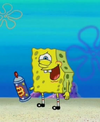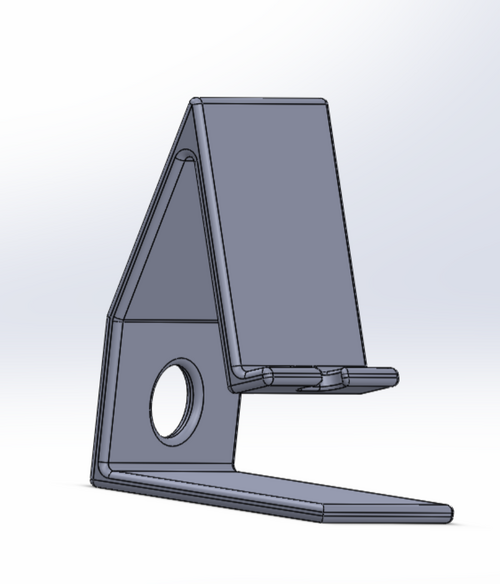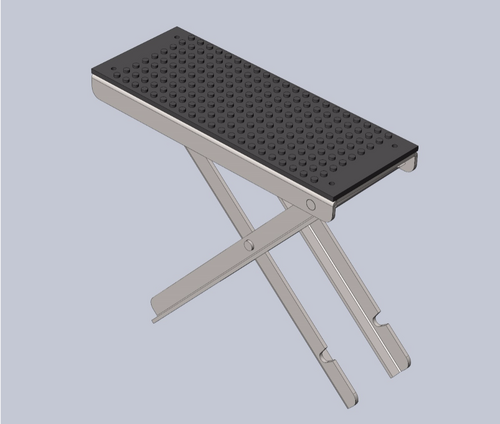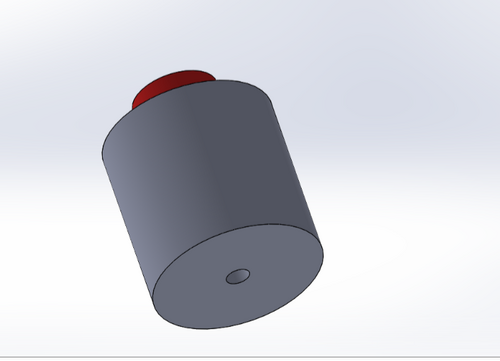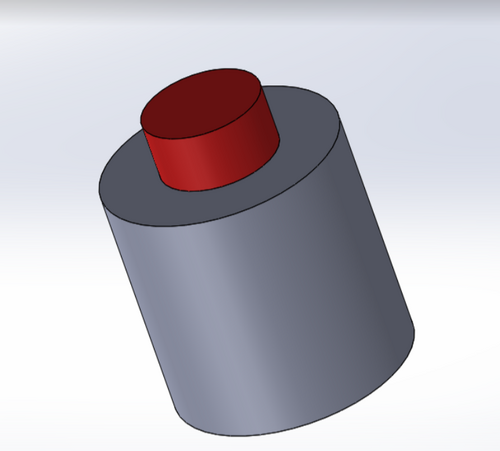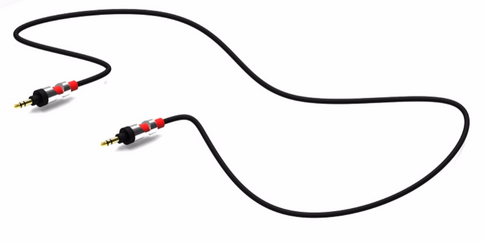BME100 f2017:Group14 W1030 L6
| Home People Lab Write-Up 1 | Lab Write-Up 2 | Lab Write-Up 3 Lab Write-Up 4 | Lab Write-Up 5 | Lab Write-Up 6 Course Logistics For Instructors Photos Wiki Editing Help | ||||||
|
OUR COMPANY
Our Brand Name LAB 6 WRITE-UPBayesian StatisticsOverview of the Original Diagnosis System Sixteen teams of 5-6 students were given two patients’ DNA samples to diagnose for the disease SNP. Along with the two patients’ samples, a positive and negative control were also given. This means that the positive control was a sample that tested positive for the disease SNP. The negative control tested negative for disease. Each patient had three trials done to ensure accuracy. All eight samples were combined with a primer mixer before being put into PCR machine. After being taken out of the machine, the samples were mixed with SYBR Green. Five more samples of Calf Thymus DNA and water were also added. All samples were then tested by the fluorometer. After reviewing the data and images, results were concluded. The sixteen teams had gotten some patients’ results wrong. The class’s results and data was about 70% chance correct. While capturing the images, we had a issue where we could not turn off the initial flash which could have varied the results when it came to the second and third images of the tests. When doing the droplets and putting them in ImageJ it came to realization that not all the droplets were the same dimensions, which resulted in different areas highlighted for each sample and that could have possible affected the data.
Intro to Computer-Aided Design3D Modeling For this lab we decided to use Solidworks, a 3D modeling software used for designing and engineering products. This specific program was chosen because it was the more familiar program. In addition to this, there are a number of forums, videos and websites dedicated to instructing on how to complete specific actions on the program. This made it relatively easy and time effective to make each part of the fluorometer using time efficiently. Overall, we chose to build our product on Solidworks because it is a familiar program and there was a lot of opportunity for assistance from the web. Our Design Our design increases the effectiveness and efficiency of the fluorimeter design and decreases the cost of the consumable kit. For the fluorimeter design the reliability of the camera increased by creating a new sturdy holder that would decrease the movement of the camera when the pictures were taken of the sample. We also improved efficiency by making an easy to use stand that the user can increase or decrease the height to accommodate the height the sample is set at. Our cost decreased by limiting our consumable kit to the necessities that the user could not find in a local store. The PCR machine is efficient and easy to use as it currently is. The program to calibrate the PCR machine is straightforward therefore we decided not to make any changes.
Feature 1: ConsumablesBy definition, very important interprets to having significance or high influence. This means that the reagents and consumables included in our kit will have a big impact on the whole experiment. Included in our kit are pipette tips for adding small drops onto the glass slides and precise measurements. Tubes filled with the PCR mix, primer solution, SYBR green solution, and buffer will also be included. The reason being that these reagents are specific for this experiment and will cost more if bought separately. Since the fluorimeter is a specific size, pre-cut glass slides that fit the fluorimeter will come in the kit. Feature 2: Hardware - PCR Machine & FluorimeterWhile initially setting up the lab, when attempting to take pictures of the samples we ran into the issue that it was difficult to get the right height for the picture to come out as intended, and when we placed the phone on the stand that was given it was difficult to get the phone not to move once it was placed. So for our design we re-designed the fluorimeter by creating a better stand that can hold the phone properly, allowing it to have a more focused and steadier picture. We also re created the stand giving it the ability to be adjusted higher or lower according to the height that is needed.
| ||||||




